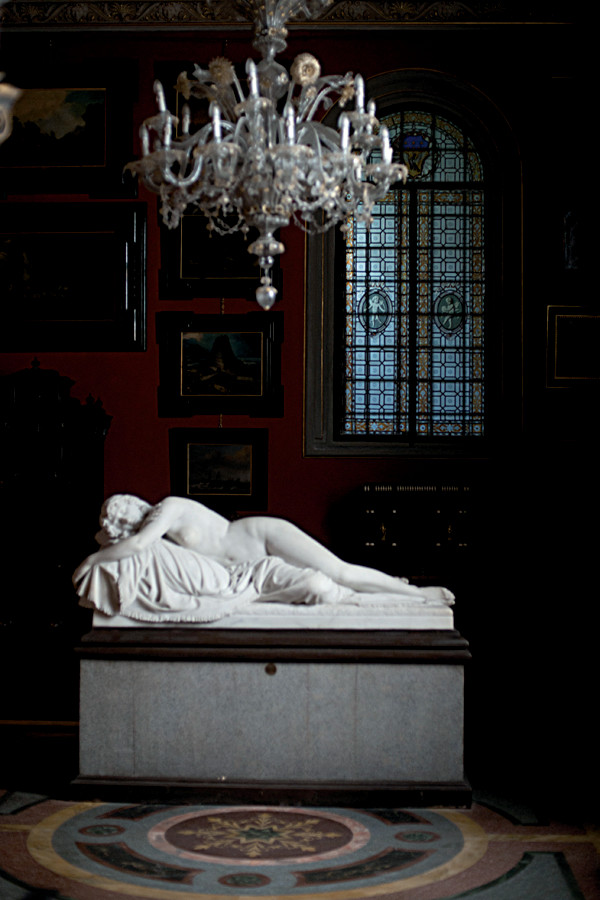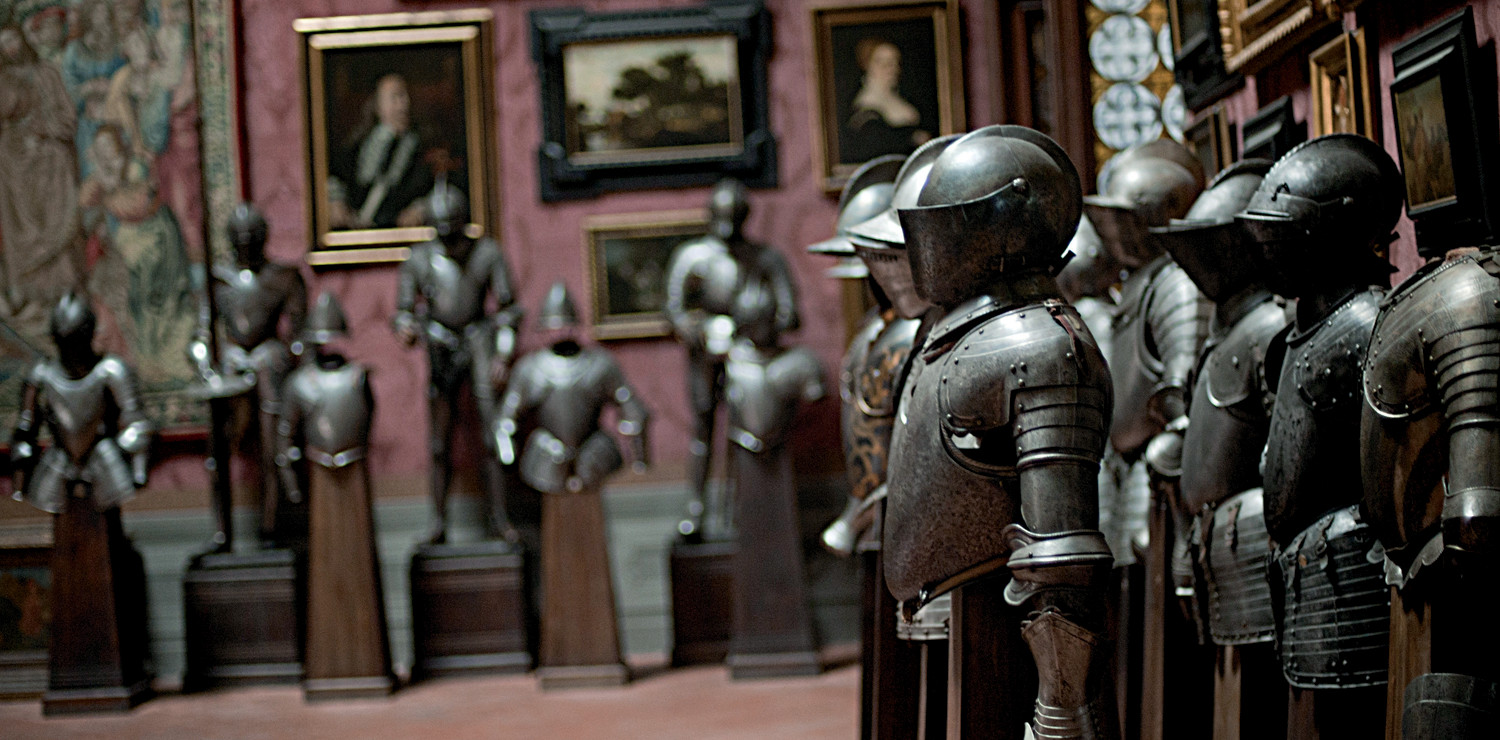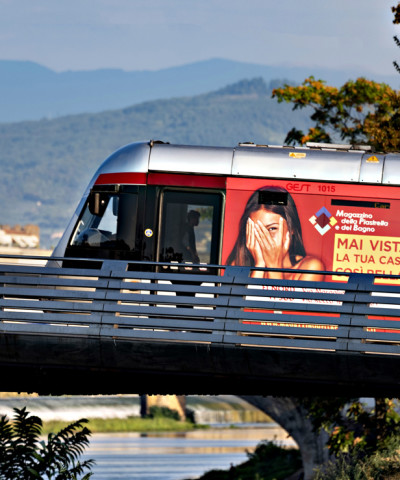The Stibbert Museum in Florence
One of the most interesting examples of eclecticism in the art of all time
In the 1800s, many travellers landed in Florence attracted by the idea of a city still infused with the spirit of bygone times. Among them was Frederick Stibbert (1838-1906), an Englishman born to an Italian mother in Florence. He restored Villa Montughi, in the hills to the north of Florence, where he arranged his collection of both ancient and reproduction pieces and created one of the most interesting examples of eclecticism ever seen before.
Stibbert, who had made money through the railway business in England, set up house in Florence and, upon his death, donated the villa, park and art collections to the city. The villa itself is a major example of the bizarre nineteenth-century style: architect Giuseppe Poggi, painters Gaetano Bianchi and Annibale Gatti and sculptor Augusto Passaglia worked on it.
The collection is huge: over fifty thousand pieces, the city’s major 19th-century museum collection, including the most varied art objects ( from paintings, suits of armour, chinaware, ancient furnishings to fans and buttons) on display in an endless stream of neo-Gothic and neo-Renaissance rooms.
 Museum Stibbert interior, Florence
Museum Stibbert interior, FlorenceThe museum’s most interesting section is the suits of armour exhibit, which surpasses all the others in abundance, internationality and setting. Italian and German knights parade through the rooms fully clad in their suits of armour and arms, dating back to the 1500s and 1600s. The Turkish-Ottoman knights date back to the 16th century, while the Indian collection to the 16th and 17th centuries.
The Japanese collection is the world’s biggest outside of Japan and includes samurai swords and armours. The painting area shows works by Sandro Botticelli, Carlo Crivelli, Domenico Beccafumi, Luca Giordano, Alessandro Allori, Pieter Brueghel the Young, Neri di Bicci and Pietro Lorenzetti. The antique furniture collection includes fifteenth-century chests, eighteenth-century glass cabinets and tables, and sumptuous leather upholstery.


















